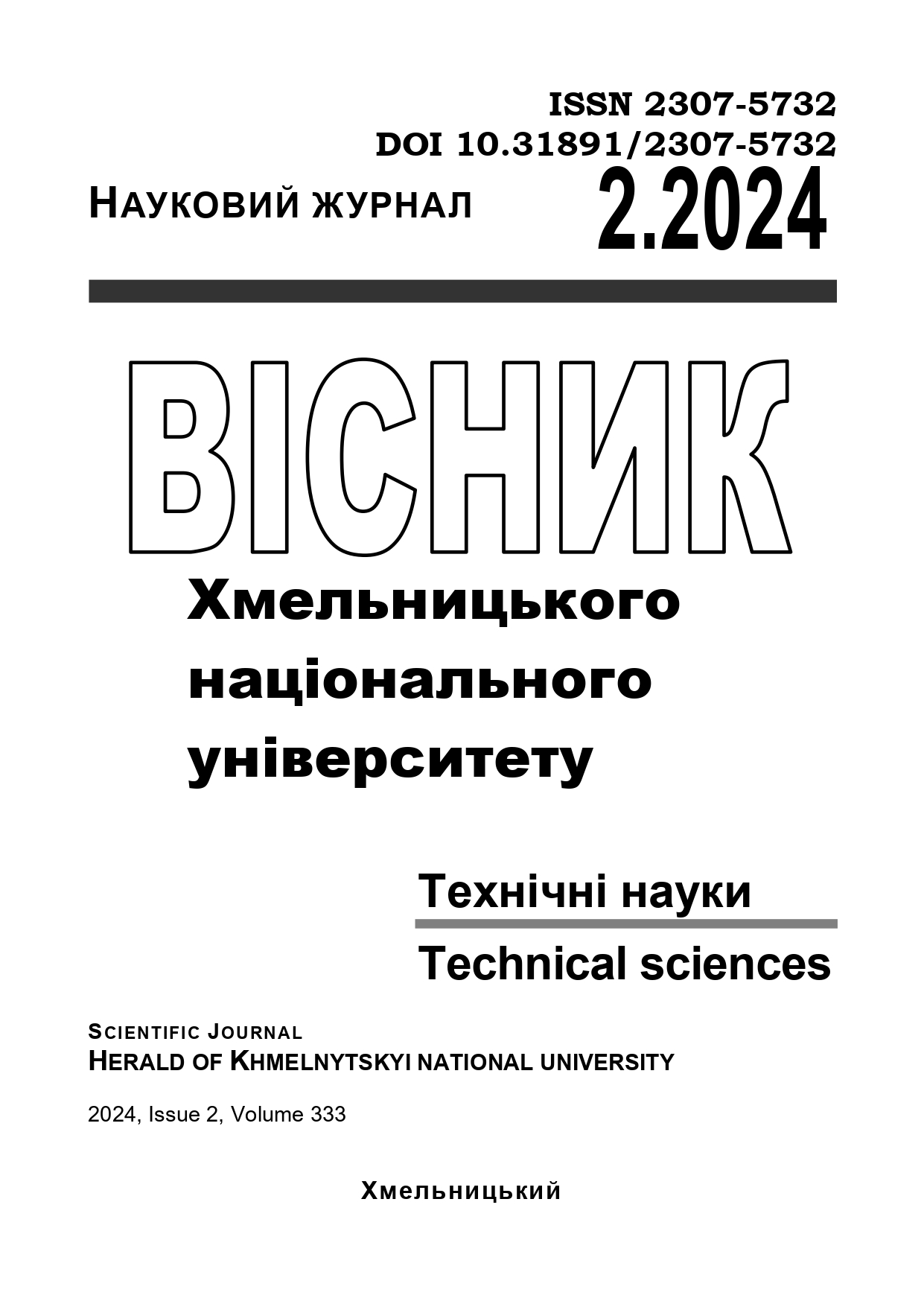INTERFACES OF VIRTUAL DATA STORAGE IN THE CONDITIONS OF A FAST-CHANGING INFORMATION ENVIRONMENT
DOI:
https://doi.org/10.31891/2307-5732-2024-333-2-8Keywords:
virtual data storage, various types of data, cloud data storage systemAbstract
The article analyzes data storage architectures, explores the main approaches to cloud technologies, and highlights the features of virtual data storage architecture formation. In the process of analysis, positive and negative features of individual data storage architectures were highlighted. Cloud information technologies are considered from the point of view of their use for data storage and distribution. When considering cloud data storage, attention is focused on their architectural features from the point of view of efficiency and availability for users. Storage efficiency is an important characteristic of cloud storage infrastructure, especially given its emphasis on overall cost savings. Performance has many aspects, but the main task of a cloud storage system is to move data between the user and the remote cloud service provider. The system architecture was designed based on the proposed and modeled methods of organizing access to the cloud storage. According to the designed architecture, the data flows in the system were analyzed and investigated. The developed algorithm for the collection and integration of disparate data based on virtual data warehouses, in contrast to the Inmon and Kimball models, makes it possible to process NoSQL temporal (InfluxDB), graph (Neo4j) and document-oriented (MongoDB) data with a significantly lower value of capacity complexity and the possibility execution of recursive queries. The developed interface should be able to work with relational, temporal, graph and document-oriented data sources. To do this, it must provide the ability to perform SQL-like queries against relational databases, as well as specialized queries for each type of non-relational data. It allows to increase the efficiency of process0ng both relational and non-relational data, which makes it a powerful tool for analyzing and processing information from various sources. The development of virtual data warehouses may be associated with the introduction of new technologies, such as artificial intelligence, blockchain, quantum computing, etc. In addition, further improvements in metadata management and data security are expected.

